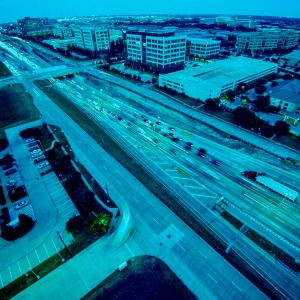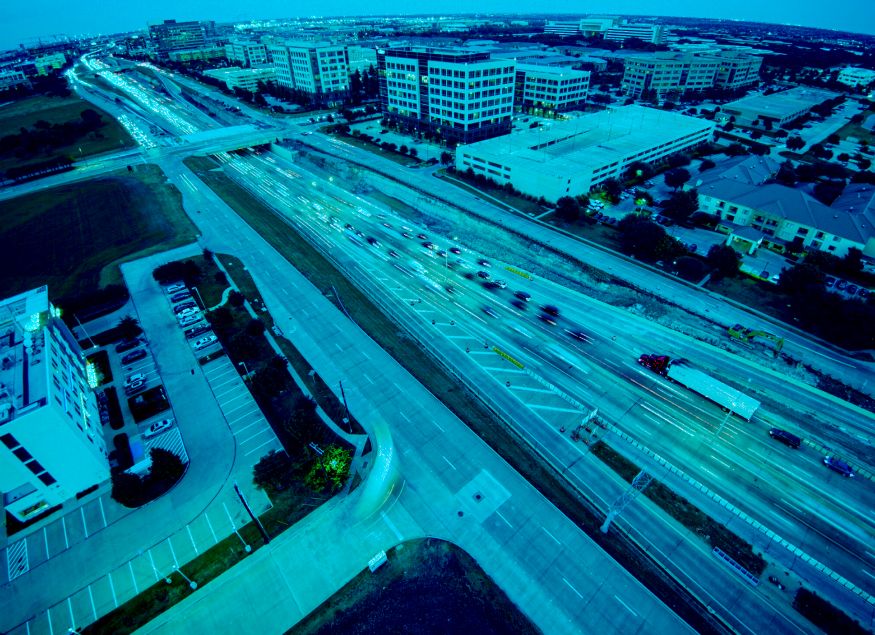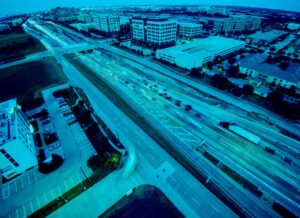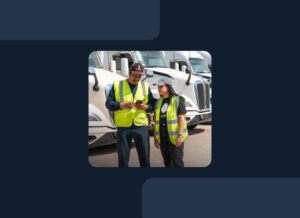Safety threats do not always wait for the next inspection or make themselves obvious. A missing stop sign, a tilted guardrail or debris from a recent storm can pose real dangers long before a complaint is filed or a crash occurs. Near real-time visual data from crowd-sourced dashcam imagery allows agencies to detect these issues earlier, reducing the risk of collisions, confusion and liability.
This is not just about reacting to problems. It is about gaining continuous visibility across your road network. When you can see more, sooner, you prevent more and protect everyone who uses your roads.
Enable a Proactive Maintenance Culture
Proactive maintenance reduces risk by keeping infrastructure from reaching a failure point. It starts with awareness. With timely insights into pavement wear, fading striping or damaged safety features, you can fix problems before they become safety hazards.
Using this approach minimizes emergencies and reduces the need to send crews into high-risk, high-traffic situations. Over time, it is not just about saving money, it is about making safer and more intelligent decisions every day.
Do Not Let Blind Spots Become Risk Zones
Not every mile of the roadway gets equal attention. Areas that are not high-traffic or complaint-heavy can still hide dangerous issues, especially if they go uninspected for long periods.
Imagery from vehicles already on the road helps reveal what is often missed. It fills in the gaps between formal inspections, surfacing problems in places crews do not regularly visit.
Safety should not depend on luck or public reports. Every segment of your road network deserves consistent visibility.
Speed Recovery After Disasters

When a storm or crisis hits, minutes matter. Near real-time, image-based insights give agencies a fast way to assess damage and identify dangerous conditions, often before crews can access the scene.
Improved visibility enables quicker, more targeted responses. Agencies can clear routes, mark danger zones and stabilize infrastructure faster, protecting both the public and their crews.
The sooner you know what you are facing, the sooner you can act.
Awareness That Improves Safety Outcomes—Not Just Oversight
Effective safety programs do not rely on complaints, scheduled inspections or guesswork. They rely on data that reflects what is happening on the ground—frequently, consistently and with the scale to match the entire network.
Whether identifying early signs of pavement failure or responding to extreme weather events, increased awareness drives better outcomes: fewer emergencies, smarter spending and safer roads for all.
To learn how better information leads to safer roads, view Blyncsy’s portfolio.







